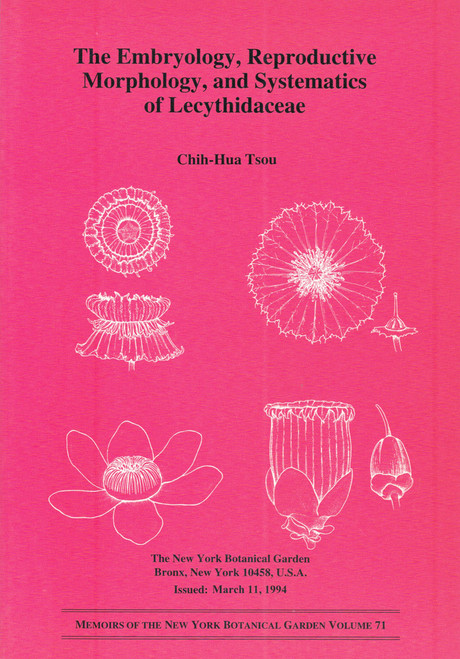This purchase only includes chapter 6 of this title.
Orchid flowers are renowned for their fascinating adaptations to lure pollinators through mimicry and sexual deceit. Labellar micromorphological traits among some species of the Neotropical genus Mormolyca were studied in order to achieve a better understanding of the micromorphological characters involved in the attraction of insect pollinators. Flowers were inspected for labellar secretions and fragrances, and labella were examined under light microscopy for micromorphological and anatomical characters. Additionally, histochemical assays for starch, lipids, and proteins were carried out on labellar tissue in search of possible food rewards and scent-producing structures. Species of Mormolyca were grouped into three groups based on their flower morphology: Hedwigiae, Ringens, and Rufescens. Each of these groups is characterized by a distinctive combination of labellar papillae, presence or absence of secretions, and fragrance. Observations of the labellar anatomy confirm the presence of glandular structures-believed to be osmophores-in most of the species. Labellar papillae of Mormolyca fulfill a variety of roles, and in combination with glandular structures provide flowers the ability to attract, guide, feed, and/or deceive pollinators using a combination of visual, tactile, and/or olfactory cues. It is expected that species of Mormolyca that share similar flower characters probably have the same pollination system. Documenting specialized floral characters, such as labellar papillae, combined with knowledge of chemical nutrient secretions produced by flowers, will allow for a better understanding of the pollination mechanisms of these orchids.






